The Leica T Series: an innovative digital camera with instant classic appeal
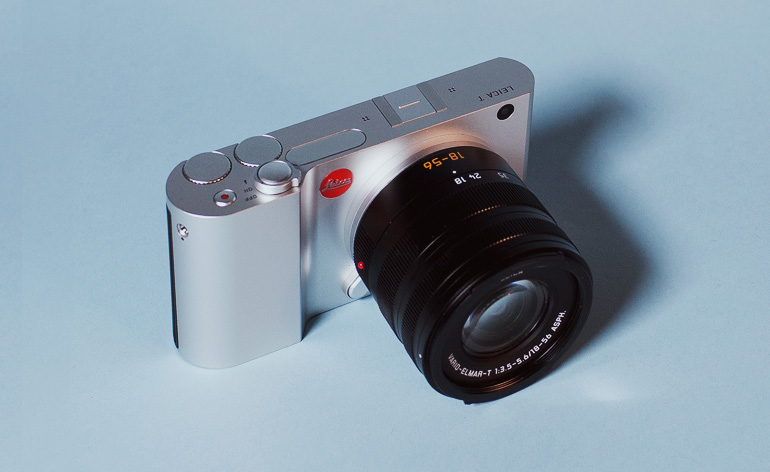
It's taken Leica a while to get to grips with the digital age. Beginning with the early, unique, Digilux cameras it moved on to a series of rebodied Panasonics, before photography aficionados were eventually granted what they really desired, a digital version of the iconic rangefinder series, starting with the M8 in 2006. With Leica, innovation is subtle, quality is paramount and prices are high. That little red logo speaks volumes to those in the know, and once you've spent some time handling one it's hard to step down to a rival. Now, 101 years after the company created the very first 35mm compact cameras, Leica has launched its most innovative digital camera yet, the T Series.
Intended as a technological and aesthetic showcase, the T Series is built around the strikingly handsome and tactile aluminum body, hewn from a solid billet of the metal that has been shaped, routed and hand-polished before being stuffed with electronics and a sizeable flatscreen from which you control almost every aspect of reviewing pictures and setting up the camera. The camera launches with two lenses, a 23mm for portraiture and reportage, and an all-purpose 18-56mm. More lenses will follow, and there's also an adaptor for the raft of existing M-lenses, as well as a specially designed electronic viewfinder.
That aluminium body is silkily tactile, as are the twin dials that control exposure. It's all very pared back and minimalist, and works well once you've sorted out your preferred settings using the screen. There's always the danger you'll spend too much time admiring the camera itself rather than the photographs it takes, and the T is unlikely to spend its days as a professional's workhorse. As a piece of functional excellence, the T Series reigns supreme, and should keep its lustre for decades to come.
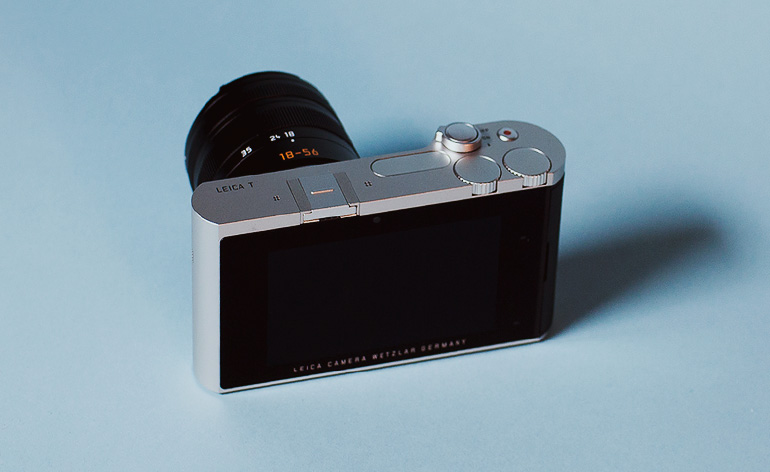
A technological and aesthetic showcase, the T Series has a sizeable flatscreen from which you control almost every aspect of reviewing pictures and setting up the camera
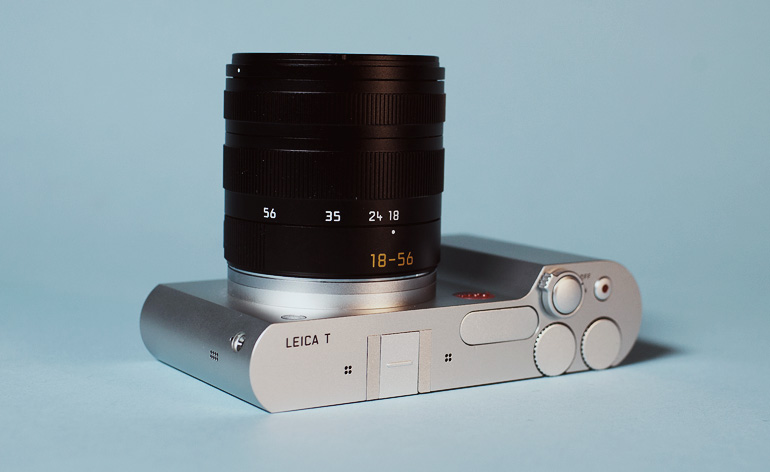
The camera launches with two lenses, a 23mm for portraiture and reportage, and an all-purpose 18-56mm
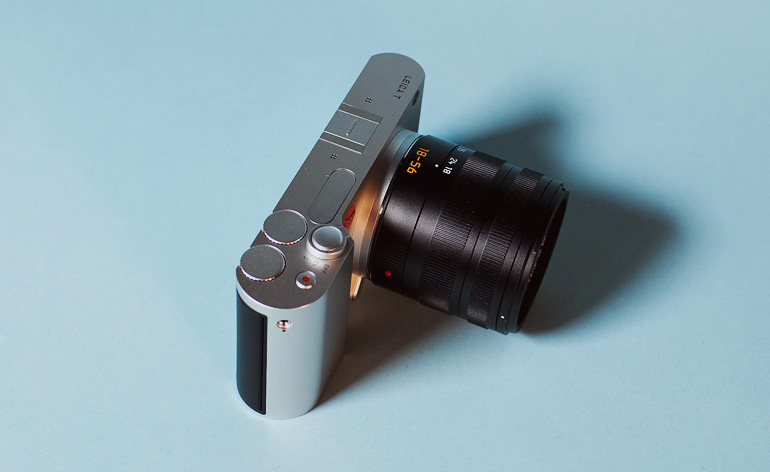
The camera is built around the strikingly handsome and tactile aluminum body, hewn from a solid billet of the metal that has been shaped, routed and hand-polished.
Receive our daily digest of inspiration, escapism and design stories from around the world direct to your inbox.
Jonathan Bell has written for Wallpaper* magazine since 1999, covering everything from architecture and transport design to books, tech and graphic design. He is now the magazine’s Transport and Technology Editor. Jonathan has written and edited 15 books, including Concept Car Design, 21st Century House, and The New Modern House. He is also the host of Wallpaper’s first podcast.
-
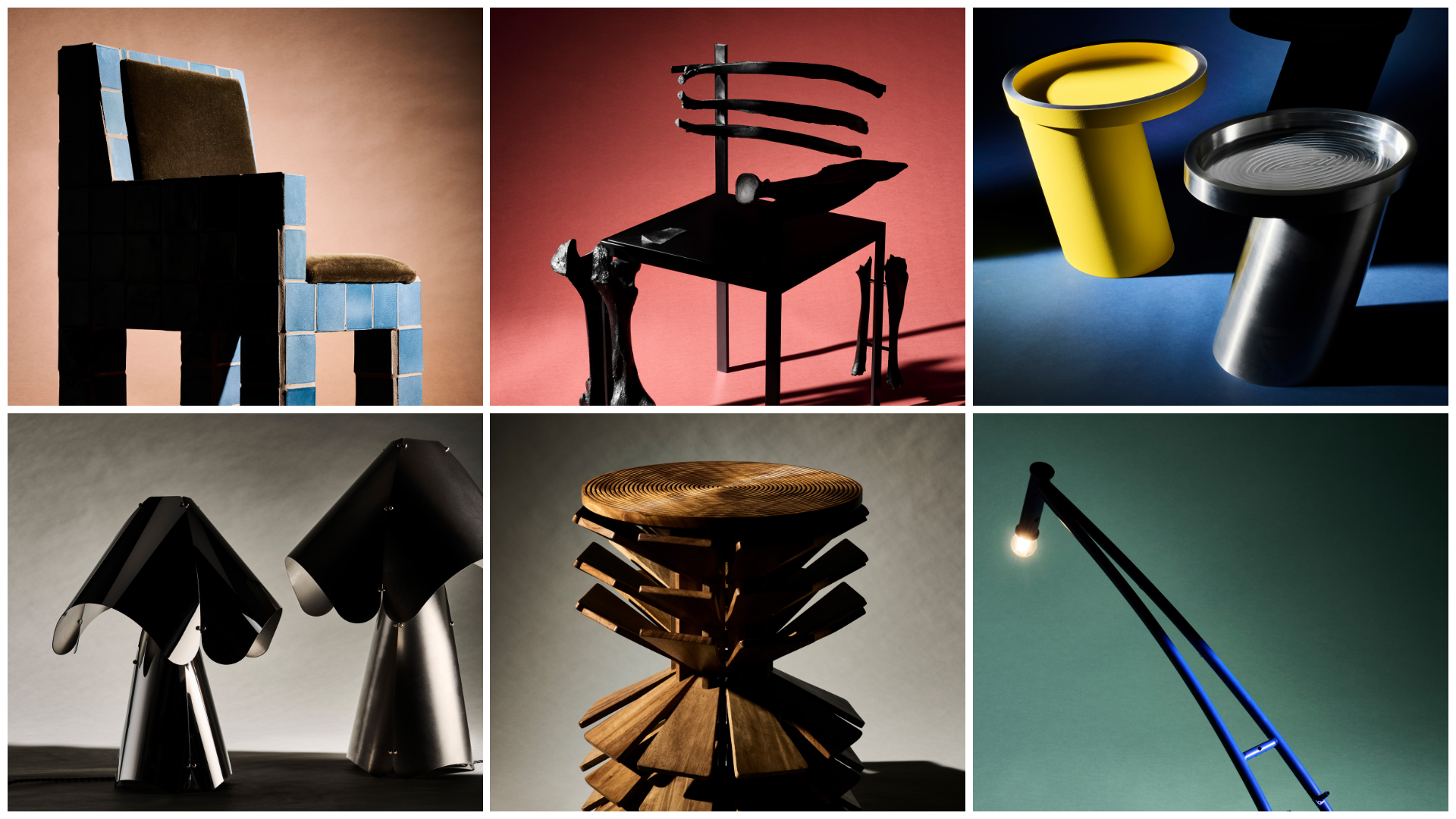 These are the 12 emerging designers we are excited to follow into 2026
These are the 12 emerging designers we are excited to follow into 2026These are the designers to watch for 2026: from unpredictable glassmakers to furniture designers working with bones, textile artists exploring ancient techniques and makers giving new life to mundane tools
-
 Traditional methods underpin Smiljan Radic's designs: 'I am not a creator of new shapes'
Traditional methods underpin Smiljan Radic's designs: 'I am not a creator of new shapes'Smiljan Radic is building a reputation with fabric roofs, fake ruins and a supporting cast of boulders; we visit a story from the Wallpaper* archives, exploring the architect's work, from a Chilean winery to London’s 2014 Serpentine Pavilion
-
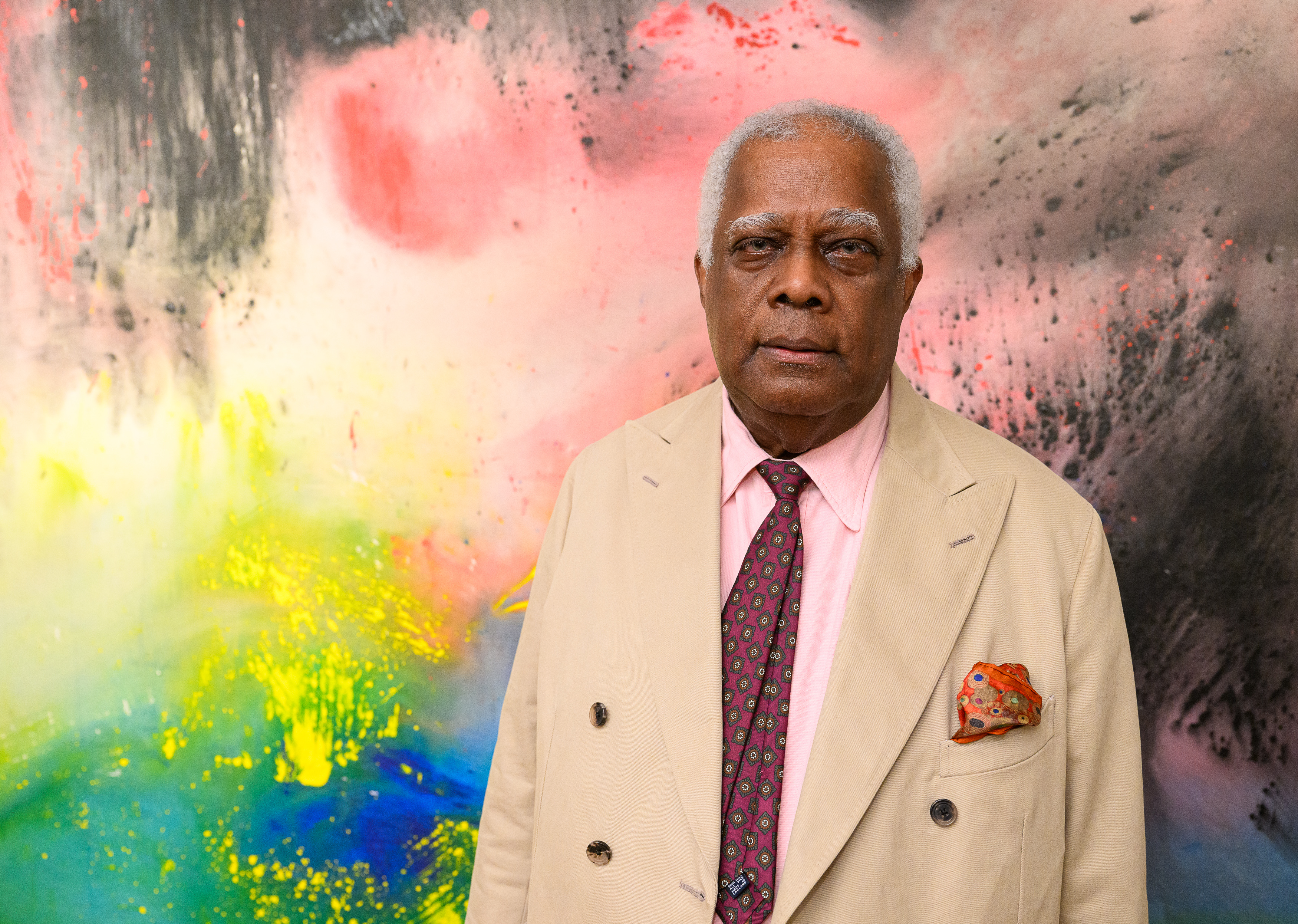 Winston Branch searches for colour and light in large-scale artworks in London
Winston Branch searches for colour and light in large-scale artworks in LondonWinston Branch returns to his roots in 'Out of the Calabash' at Goodman Gallery, London ,
-
 New Leica Q3 Monochrom camera sees the world in black and white
New Leica Q3 Monochrom camera sees the world in black and whiteDefined by its crisp 60MP monochrome sensor, the Leica Q3 Monochrom is a camera designed for those who want to focus only on light, shadow and form
-
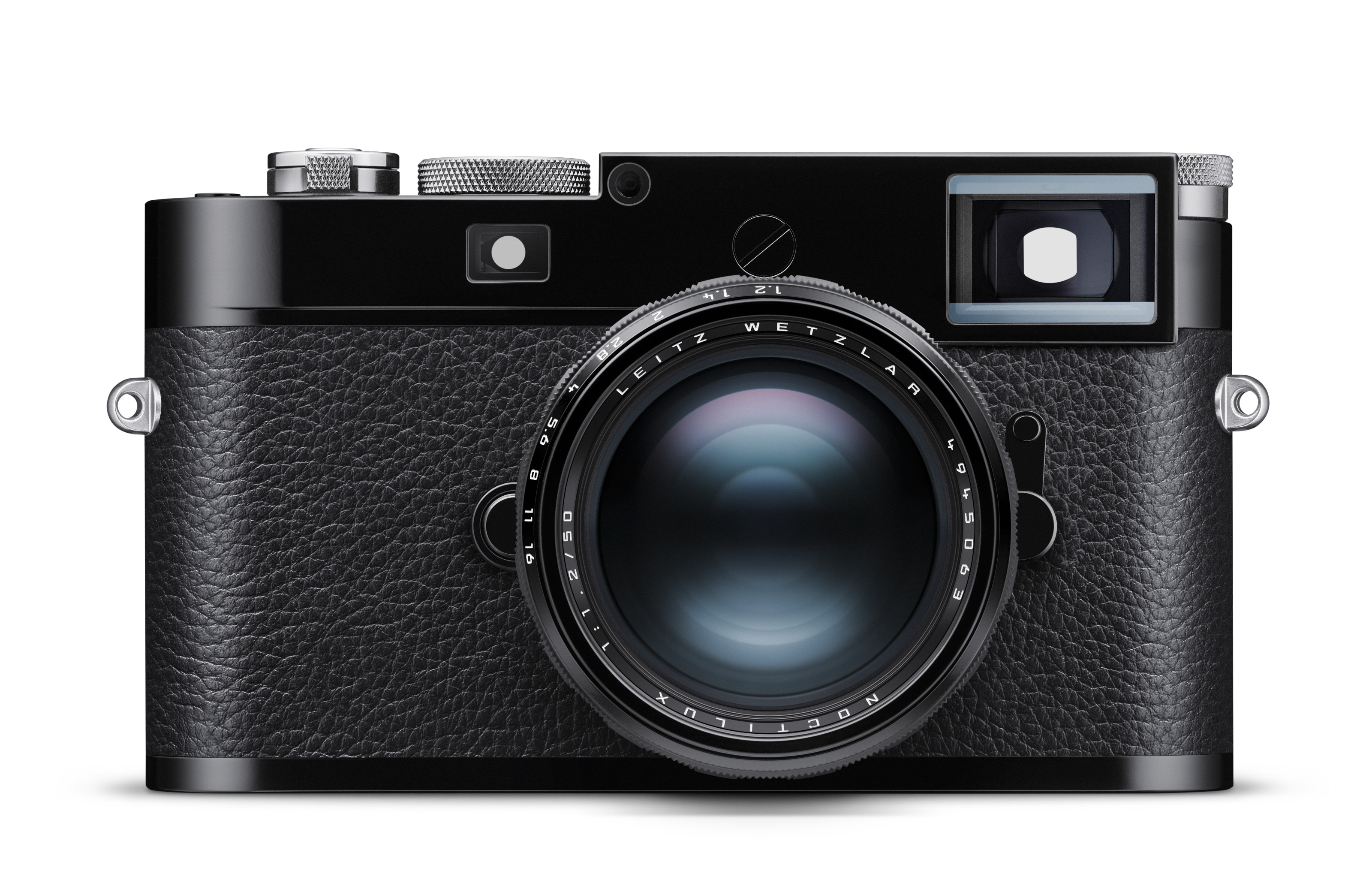 2025 is Leica 1’s centenary year. The camera manufacturer is celebrating in style
2025 is Leica 1’s centenary year. The camera manufacturer is celebrating in styleA cavalcade of limited-edition Leica cameras is released to celebrate 100 years of the groundbreaking Leica 1
-
 Leica’s SL3-S is its newest camera, an upgrade of its pro-grade full-frame system
Leica’s SL3-S is its newest camera, an upgrade of its pro-grade full-frame systemPhotographers and videographers are catered for by the Leica SL3-S’ performance upgrades and expanded compatibility
-
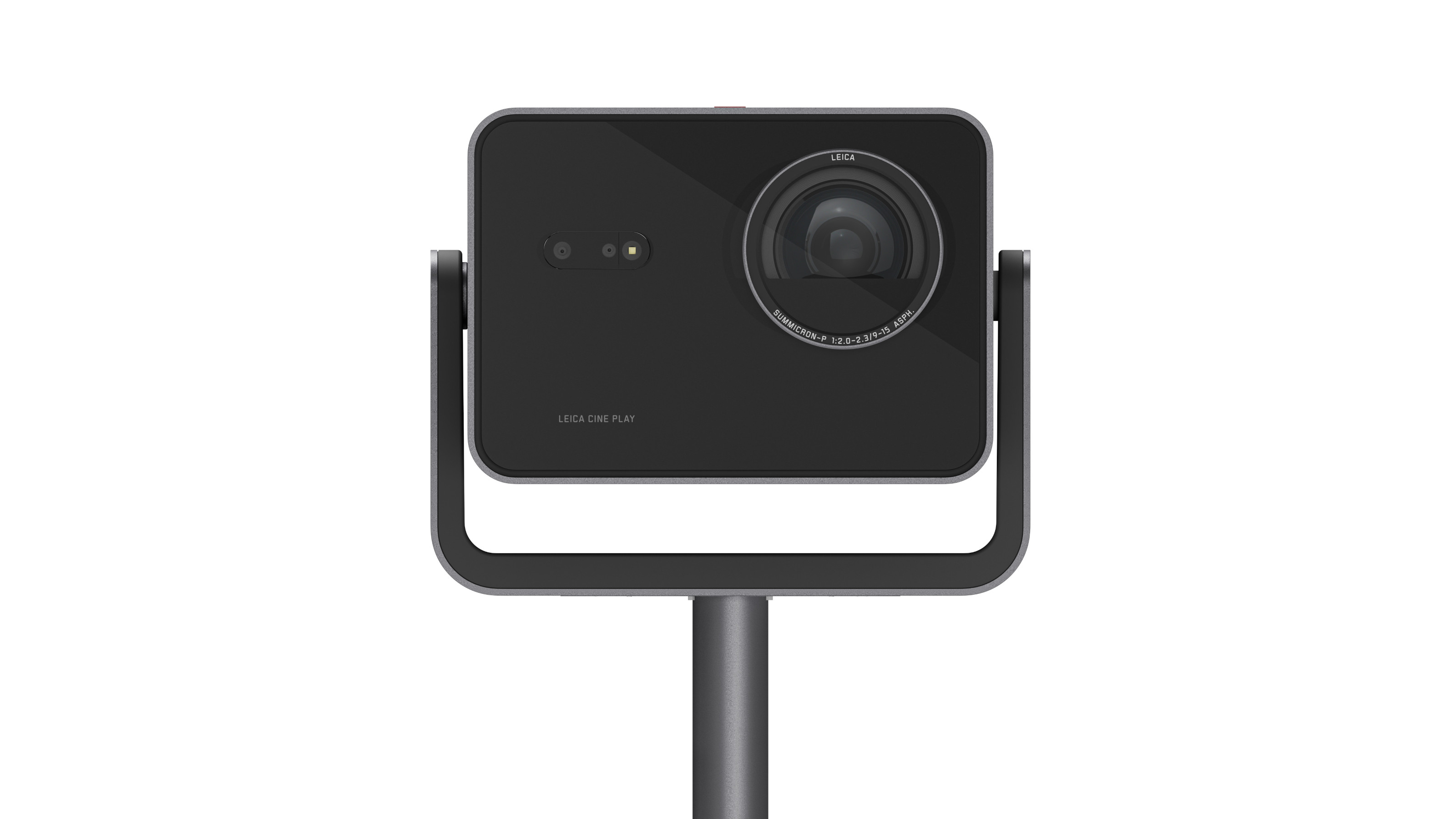 First look: Leica Cine Play 1 brings premium style and tech to the world of home cinema
First look: Leica Cine Play 1 brings premium style and tech to the world of home cinemaLeica compresses its meticulous optic know-how into the ultra-compact Cine Play 1 4K projector
-
 Celebrating 70 years of the iconic Leica M System, this is the Leica M Edition 70
Celebrating 70 years of the iconic Leica M System, this is the Leica M Edition 70For camera collectors and aficionados of Leica’s M system, this platinum plated Leica M3 is available in an edition of 250
-
 New Leica SL3 meets the desires and demands of photographers and filmmakers
New Leica SL3 meets the desires and demands of photographers and filmmakersThe Leica SL3, the latest in the brand’s range of mirrorless full-frame system cameras, is powerful, pocketable and undeniably professional
-
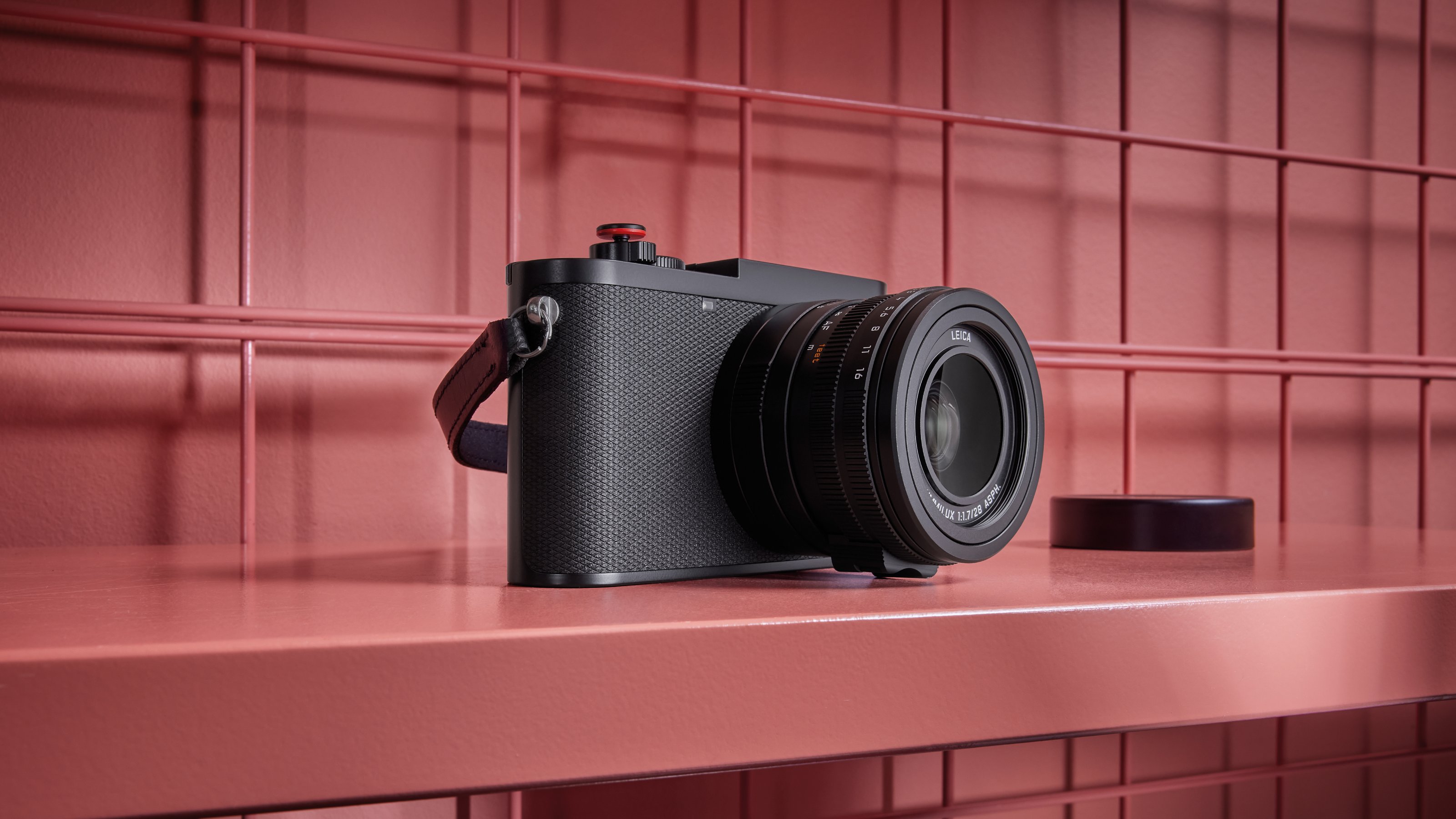 Leica Q3 full-frame digital camera brings new speed and sophistication
Leica Q3 full-frame digital camera brings new speed and sophisticationThe new Leica Q3 camera boasts features that pitch it at both photographers and filmmakers
-
 New Disney edition of Leica Q2 marks the two companys’ century of collaboration
New Disney edition of Leica Q2 marks the two companys’ century of collaborationA limited-edition Leica Q2 is marked with the mouse, celebrating Disney’s origins as an original customer of the optical specialist